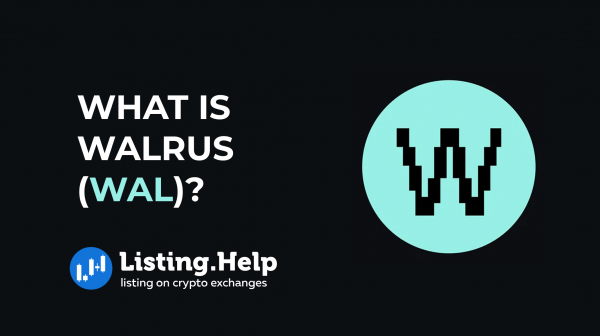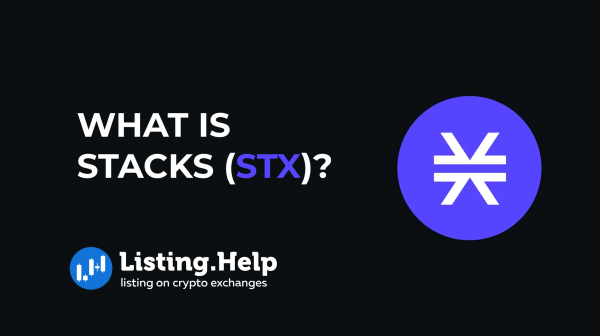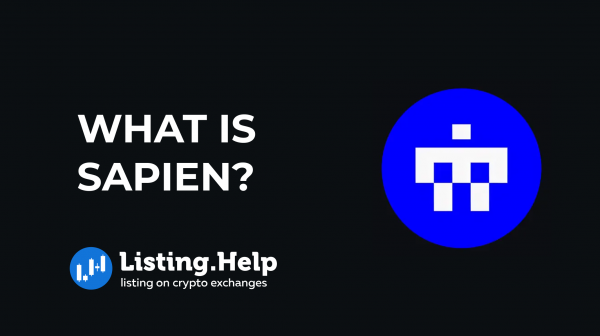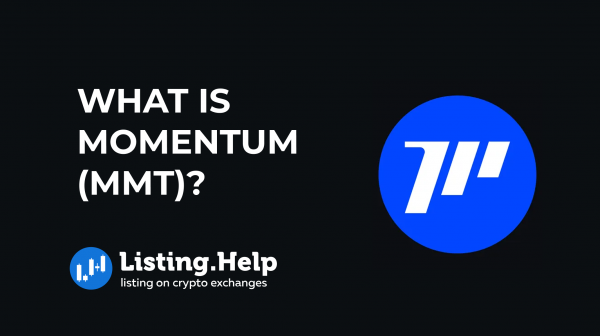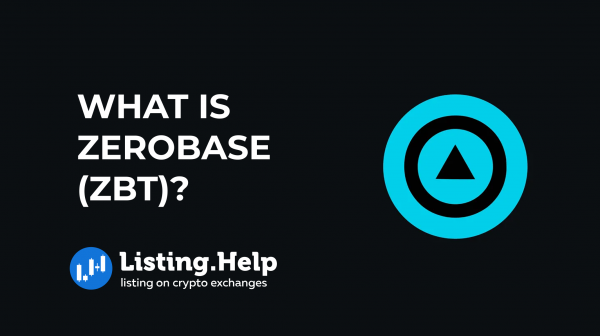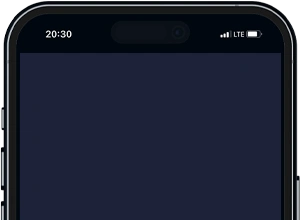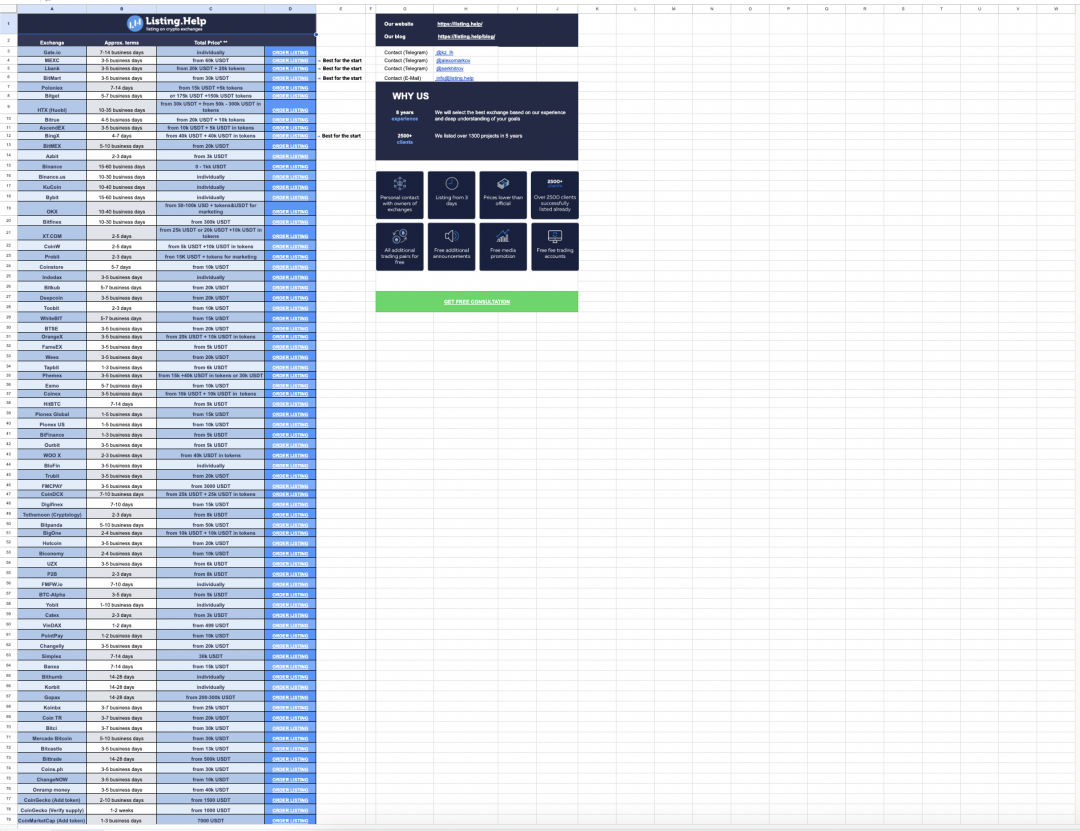How to List Token or Coin on Bitstamp
 August 10, 2025
August 10, 2025 Updated: August 25 2025, 04:36
Updated: August 25 2025, 04:36
LEAVE A REQUEST
Launching your own token project? Our experts are ready to help with listing on exchanges, market making, marketing and other solutions
SUBMIT APPLICATIONBitstamp is a top-20 centralized cryptocurrency exchange on CoinMarketCap (by spot trading volume), attracting over 170,000 users weekly and driving a daily trading volume exceeding $200 million. The platform supports trading for over 100 cryptocurrencies. Listing on an exchange of this scale can significantly expand your project’s reach, attract institutional investors, and provide a significant increase in liquidity.
In this article, we will discuss how to get listed on Bitstamp, what documents are required, what mistakes projects make, and how to increase the chances of a successful coin listing on Bitstamp. Let’s get started!
What Is Bitstamp?
Bitstamp Exchange – it is a compliance-first CEX that was founded back in 2011. It became one of the first European cryptocurrency trading platforms. Bitstamp is headquartered in Luxembourg, and the platform itself is regulated by the European Union, which adds to the exchange’s reliability in the eyes of many investors and traders. Bitstamp adheres to high standards of security and transparency. It works with both retail and institutional investors. It provides access to a variety of trading and investment tools, integrating them with a user-friendly interface.
Bitstamp’s primary audience is traders from the EU and the US, including many institutional players. Attracting the attention of such an audience means a significant influx of funds and increased recognition among one of the most solvent audiences in the world.
Why Consider Bitstamp for Token Listing?
In over 14 years of operation, Bitstamp has not been involved in any major scandals and has a reputation as a reliable platform. This is an essential signal for potential traders, investors, and partners.
Due to its impeccable reputation, major banks, investment companies, and funds cooperate with the exchang, making it possible for your project to connect with a more mature and solvent audience.
Since European crypto regulation regulates the exchange, it complies with all requirements for identity verification (KYC) and anti-money laundering (AML). Bitstamp often attracts projects that are focused on long-term work and are ready to develop in a regulated environment. Thus, projects receive an influx of long-term investments and increase the trust limit from the community.
What You Need Before Applying for Listing
Before Bitstamp crypto listing, you must compile a complete set of documents requested by the exchange team. It is essential to start preparing in advance. The full set includes:
- A project whitepaper with a detailed description of the concept and technical architecture.
- Detailed and transparent tokenomics, which includes data on the amount of issuance, token distribution, vesting, utility, and other essential metrics.
- A completed smart contract audit performed by one of the trusted auditing companies, such as Certik or Hacken.
- Legal information, including company registration documents, ownership structure, and legal status.
- Information about the project team: biographies, previous experience, LinkedIn profiles.
- Information about funding rounds and partnerships.
- Marketing strategy describing the stages of project promotion before and after listing.
Step-by-Step Guide to Bitstamp Token Listing
Initial Application Submission
Once all the documents have been collected, you can proceed with listing the token on Bitstamp. The first step in this process is to submit a listing application. This can be done using the official form, but there is no public link to this form. You need to write to the exchange team at asset.listing@bitstamp.net to receive further instructions and the form to fill out.
In the form you receive, you must specify the name of the token and ticker, the supported standard (ERC20, BEP20, etc.), as well as other documents collected in the previous step. Provide contact details and information about the token’s liquidity if it is already publicly traded.
When filling out the application, provide detailed and precise information so that it does not raise additional questions. Do not try to embellish the situation or manipulate the figures in any way. The exchange team carefully checks all data and quickly identifies such tricks, which leads to the immediate rejection of the application.
It can take anywhere from a few days to a few weeks to review your application, and in some cases, months. It is essential to understand that if questions arise or additional documents are requested, the application review time will be extended.
Token Review and Legal Compliance
The verification process consists of several stages. The first stage is compliance verification. The exchange team checks the legal documentation, compliance with European Union requirements, and studies the tokenomics and business model of the project. This stage also includes KYC and AML checks of the founders and key team members.
Discussion of listing conditions
If the project passes the first stage of verification, discussions on listing conditions begin. These discussions will cover the commission that will need to be paid for listing on Bitstamp, the initial liquidity volume, technical integration options, and the terms of marketing support from the exchange. The final stage of negotiations is the signing of an agreement between the project and the exchange.
Technical Integration and Testing
After the agreement is signed, the exchange’s technical team gets involved to prepare the token for launch. The token is integrated into the exchange interface, a trading pair setup is created, and deposit and withdrawal functions are tested.
After the technical integration of the token on Bitstamp, the exchange begins marketing activities and announces the upcoming listing on its social networks, website, in newsletters, and push notifications. By agreement, promotional campaigns, trading contests, or airdrop activities may be held.
After marketing activities to draw attention to the upcoming listing, trading of your token will begin at the specified time.
Common Listing Challenges to Avoid
If your team has no experience in listing tokens on centralized exchanges, the procedure can be a real challenge. To better prepare for possible difficulties, you should study common mistakes made by beginners. The following factors often influence the rejection of an application:
- An insufficiently detailed whitepaper. The documentation should cover all questions about the project.
- Unclear or unfair tokenomics. Similar to the documentation, tokenomics should provide basic information without attempting to mislead. The token itself should be fairly distributed between the community and the team.
- The lack of a smart contract audit also often leads to the rejection of an application. The exchange needs to add only verified smart contracts that do not carry potential vulnerabilities. In this way, the exchange tries to protect the users of its platform.
- Lack of a license or legal structure.
- A weak marketing plan or a complete lack thereof.
- Ignoring Bitstamp listing requirements for necessary liquidity or technical integration.
If you feel that your team lacks experience, we recommend contacting the listing agency Listing.Help for assistance. We offer turnkey solutions: helping projects select suitable exchanges, prepare compliant documentation, and secure optimal listing terms. Critically, partnering with us multiplies your approval chances while leveraging our direct exchange contacts and proven workflow – accelerating listings 5x faster than independent applications.
Order a free consultation and ask your questions today!
Post-Listing Growth Strategy
After a successful listing, it is essential to continue developing the project and maintaining community activity on social media. Publish news about updates, partnerships, and hold giveaways.
It is also essential to maintain sufficient liquidity for comfortable trading of your token. This can be done through cooperation with a market maker.
Conclusion
Listing a token on Bitstamp is a serious step that requires significant preparation and well-coordinated actions from the team, especially for teams that have no previous experience in token listings. A successful listing increases the project’s credibility and liquidity, significantly expanding its visibility and attracting new traders and investors, including institutional players.
Start preparing your project, token, and documentation package in advance, and follow the further instructions from the Bitstamp exchange. And if you need help, you can always contact us at Listing.Help. Good luck with your project!




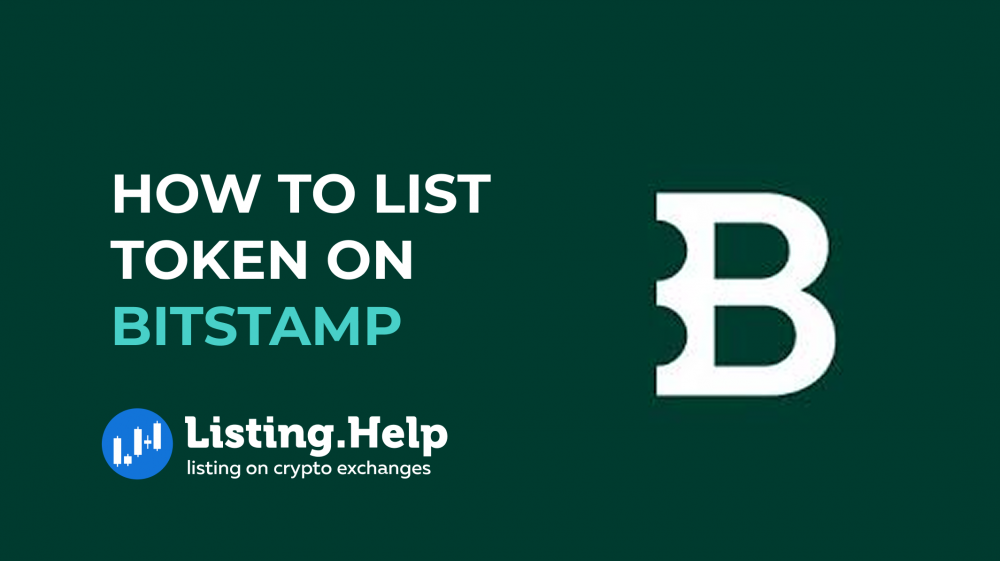


 December 22, 2025
December 22, 2025 